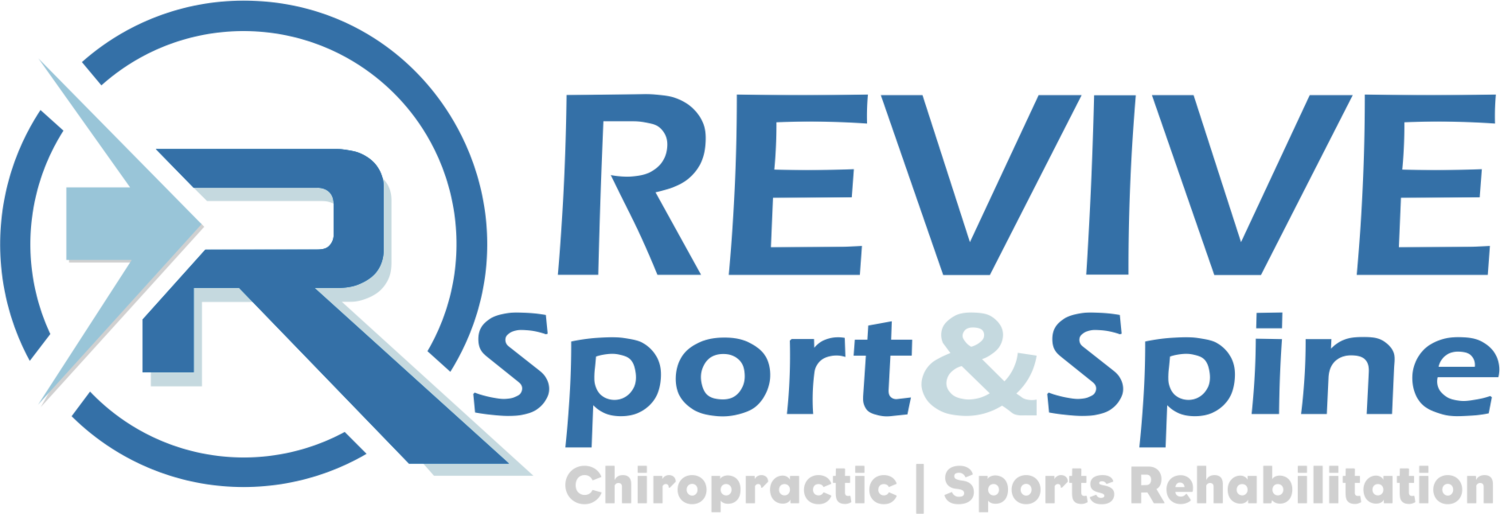The sciatic nerve runs from the lower back through each buttock and down each leg. It’s the largest nerve in the body and helps us with stability and movement, making it significant to many of our everyday activities.
New Year - New Goals: Setting & Achieving Your Goals This Year.
Spinal Manipulation - Who Benefits Best From This Effective Treatment Option
Sciatica Pain Relief Part 4: Treatment & Rehabilitation
As we gather to close out this series on Sciatica, talking this time on what care looks like in our office when someone presents with Sciatic Nerve pain, you will recognize some similarities from the previous Sciatica-related articles. That is because rehabilitation for Sciatica is similar to the self-care and prevention exercises we shared previously. So…if you haven’t taken a look at our Sciatica Pain Relief series parts 1-3, click the links below and check them out. Our goal is to have you work through those modules before seeking care. You will often find that spending a week on the exercises we shared, might relieve your pain, and if maintained with some frequency, may prevent future occurrences. Nevertheless, if you are here, are located in Salt Lake City and the surrounding area, we are here to help.
New Year - New Goals: Running To Better Health
Improved health tops nearly every new year's resolution list ever made, 2019 will be no different. From this, running comes to the forefront of our ‘get in shape’ plan because of its ease (almost everyone can shuffle one foot in front of the other, not saying it is easy) and relatively low cost (a decent pair of shoes and some running gear is all you need). While this plan seems fool-proof, there is a reason 60%+ of the people we see in our clinic are runners, new and old.
Iliotibial Band Syndrome: Why Runners? Understanding Biomechanics & Common Risk Factors.
Knowing more about the anatomy associated with the Iliotibial band (IT Band Article #1) is a great start, but that alone will not decrease the stabbing feeling you had on the outside of your knee as you attempted a long run this past weekend.
We are moving forward with our IT Band Syndrome Relief series. This time we aim at the biomechanics (boring for some, but very important) of the Iliotibial band and why it is causing you pain. From there, we are going to look at some common risk factors and other things you are doing every time you go out to run that is making it worse.
Iliotibial Band Syndrome: Anatomy & Symptoms Of The Most Common Running Injury
You are out on another long run. It is a mid-Saturday morning, the weather is a cool 50 degrees, clear skies, and your focus is on the audiobook or podcast playing through your headphones. All of a sudden, out of nowhere, you get this sharp, STABBING, pain on the outside of your knee. Where did this come from? Did you do something wrong? What the heck is happening?
If this is your first time dealing with Iliotibial band syndrome, or you are remembering your first experience with it right now, the feeling is all too real. IT Band issues are a frequent occurrence for runners of all abilities, one of the most common conditions we relieve in our office and feel so prevalent that it is almost a ‘right of passage’ of sorts for new runners.
Resolve Low Back Issues Part 7: What Happens When You Need To Seek Care?
Resolve Low Back Issues Part 6: Self-Care - What You Can Do For Low Back Pain
Over the last 5 weeks, we have discussed everything from what low back pain is, most common causes, some of the most common myths associated with low back pain, and when to consider imaging studies (x-ray, MRI, CT) due to red flags that lead us to something more severe being the cause. We even covered a few tips to help when you find yourself traveling for work or vacation.
We have been building up toward the actual care of low back pain but wanted to fully educate on how common low back pain is, what we know about low back pain at this time, and help you focus on life outside of back pain.
Resolve Low Back Issues Part 5: You Are Not Your Image. (Red Flags & Imaging Considerations)
In part 4 of our Fix Your Low Back series, we discussed some of the most common myths and misunderstandings around low back pain, care of low back pain, as well as updating some of the old-fashioned thoughts. Today, we are going to discuss imaging and red flags as it pertains to low back pain and a couple of VERY IMPORTANT things you need to know.











